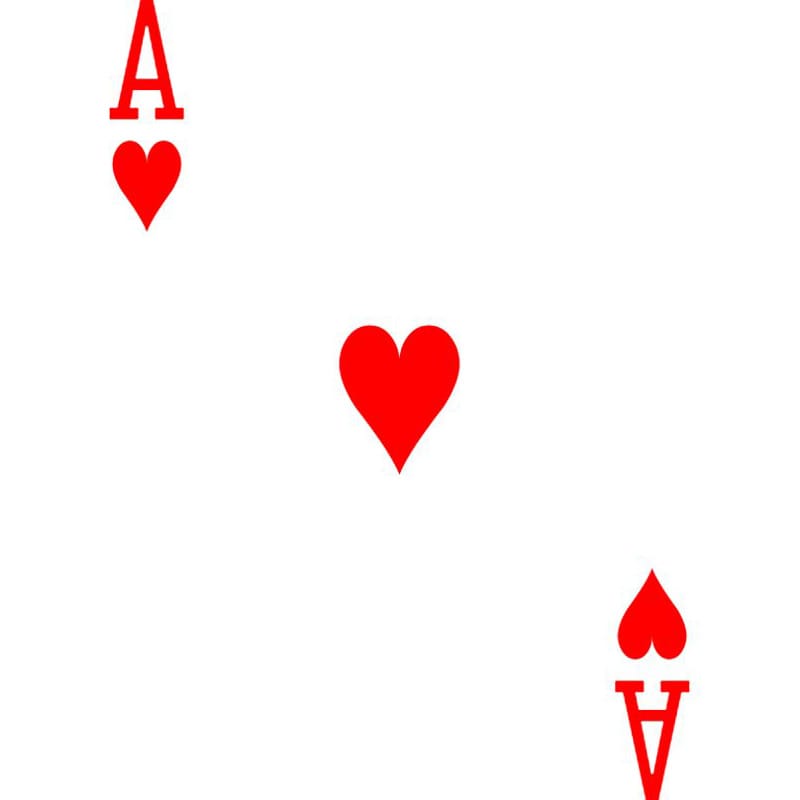Threading the Needle
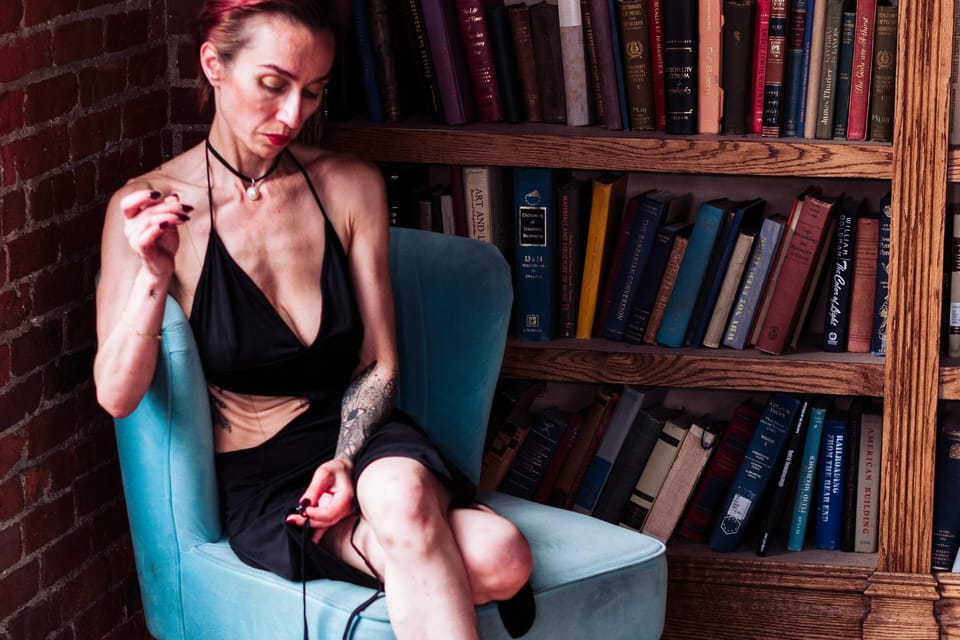
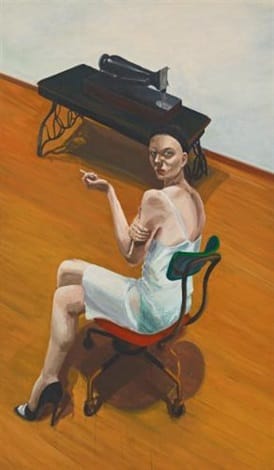
I don't remember the first time I saw this painting but as soon as I did, it was one of those experiences where I could tell she was looking back at me as much as I was looking at her. She didn't hide her gaze from the artist, she knew she was being watched, being shown. There was nothing demure about her expression, and she captivated me. Something about her short white slip and tall black high heeled pumps, her grasp of her cigarette with one hand and her own shoulder with the other gave her a sense of self possession. I also saw a reflection in her, of myself, of so many women that had been this sewer, this worker, this woman who mended not only clothing but a myriad of other ruptures; emotional, psychological, intellectual. She reminded me of how women were often tasked with repair, with the role of peacekeeping in the family, with diplomacy in a group. And that women carried the wisdom of textile traditions, how mending clothing was domestic labor, often completed late at night by candlelight. My own mother sewed clothes for our family. There was one dress she constructed and wore that was passed onto me that held totemic value for years, until I had to retire it into the archive because it became so threadbare and fragile.
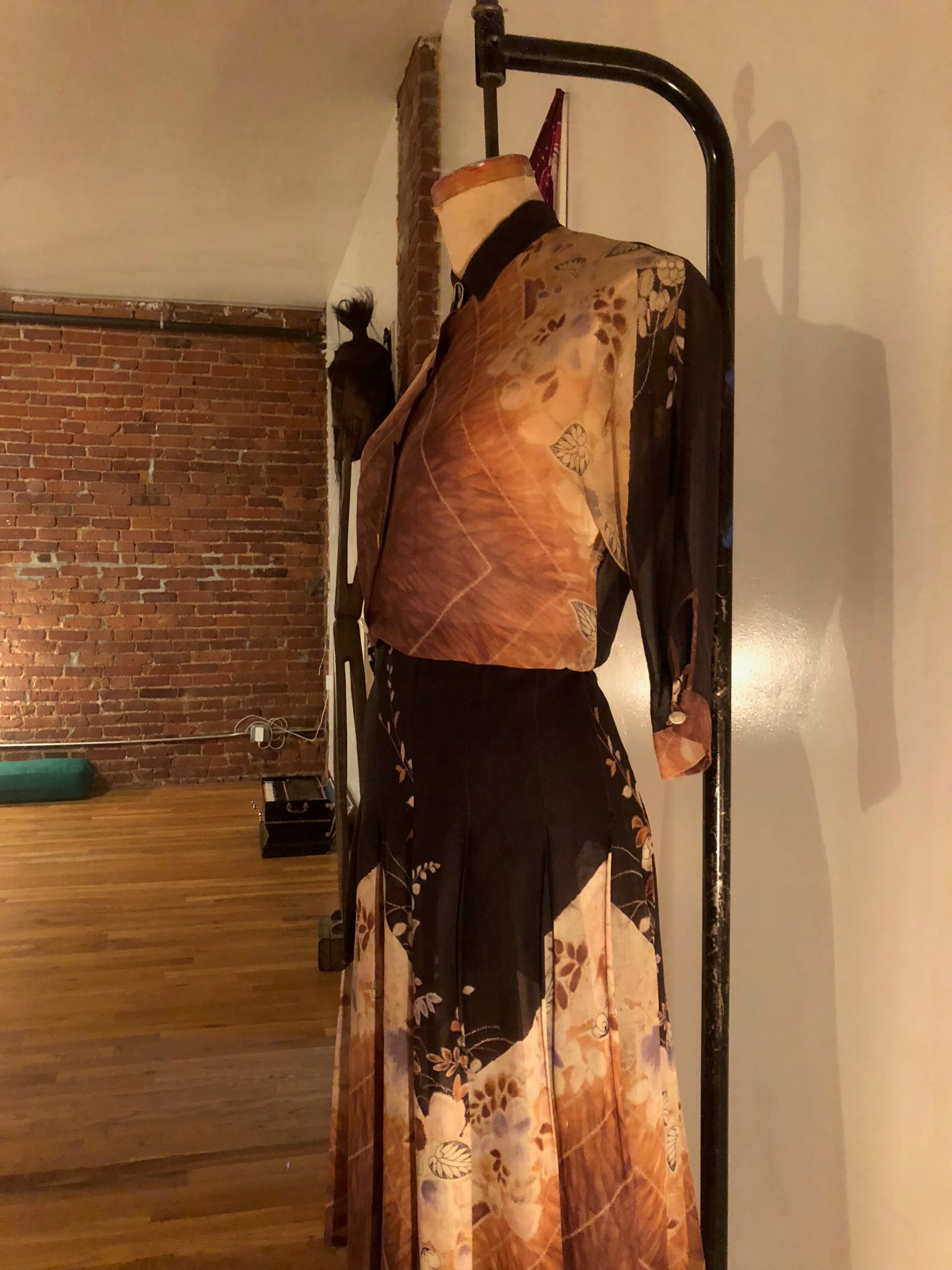
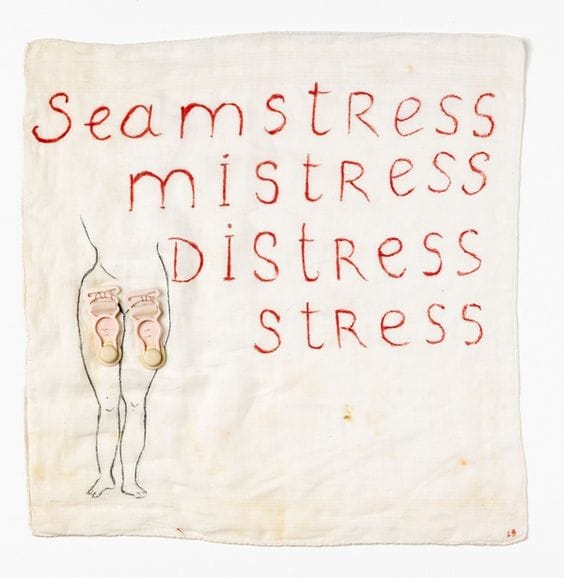
Louise Bourgeois; Mending the Pain of the Other Woman
Louise Bourgeois never seemed to have forgiven her father for his affair with the family governess, Sadie Gordon Richmond. Watching her mother's suffering and working in her parents' tapestry restoration business imprinted upon Bourgeois a corollary between the presence of her father's mistress and her seminal process of stitching, sculpting and writings. The semantic presence of the letters making "stress" in the haiku like embroidery of the above piece always stayed with me as I entered the world of professional female domination. As if a self fulfilling prophecy, I began to see the way that our honorifics as Pro-Dommes would be "Mistress" with a capital M, but that the other woman, the one who was not the wife, was a man's mistress. I inevitably began to see my own corollary of being on the other side of the mirror of the wife. The man, of course, always remained at the center, one woman on each side. Later, I caught the acerbic lyrics of Nina Simone's The Other Woman where she crooned an all too familiar refrain
The other woman finds time to manicure her nails
The other woman is perfect where her rival fails
And she's never seen with pin curls in her hair
The other woman enchantes her clothes with French perfume
The other woman keeps fresh cut flowers in each room
There are never toys that's scattered everywhere
...
But the other woman will always cry herself to sleep
The other woman will never have his love to keep
And as the years go by the other woman
Will spend her life alone
In my life as a Pro-Domme, I too kept the fresh cut flowers, was bathed in French perfume and was proud of my manicured nails. It would be years before I started to sleep in rooms where toys were once scattered belonging to another man's children. It would be years before I realized that over time, I had become the other woman in all of her forms, including the inevitable solitude that came as the cost. What once felt like the most delicious freedom became its own kind of prophetic prison.
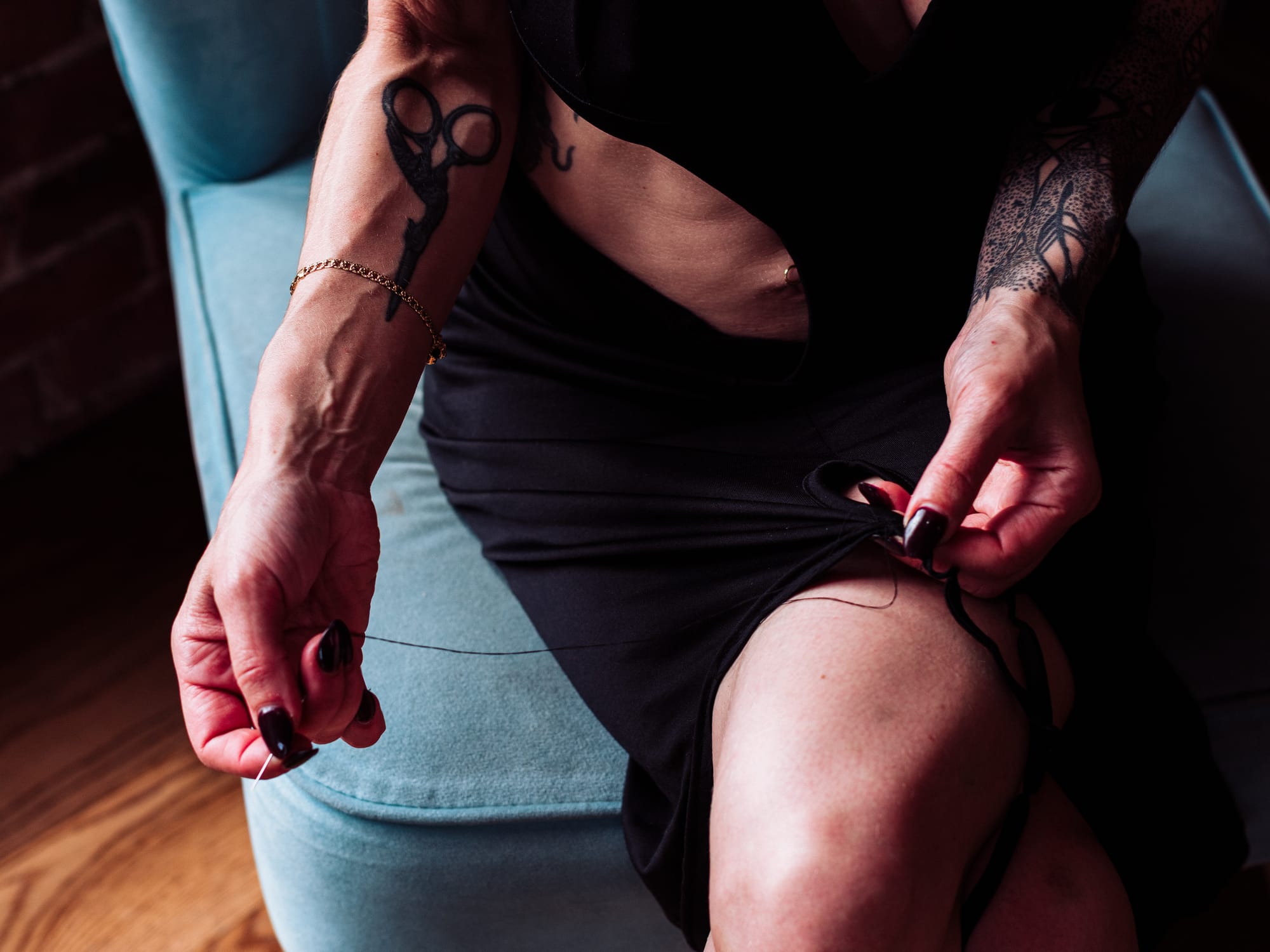
The Dress
After finishing high school, I boarded a United Airlines flight to Paris to visit my friend's cousin who had recently relocated there for love. It was my first unsupervised trip abroad, with a friend of mine who looked like a super model but was less precocious then me and we were determined to understand the city by putting our hands and mouths on everything we could in order to understand it.
The street vendor who sold me the black viscose dress that tied at the neck and the back asked for 80 French francs, which today would be equivalent to just over $20. I think I paid $25 for an Italian sandwich and a soda just yesterday. I wore that dress for the next 26 years. Last year, a fortune teller in New Orleans who was a dead ringer for Eartha Kitt told me to get rid of that dress, that it bled black. I had retired the dress from sessions, but sometimes keeping even the dark totems are important reminders of what once was and is no longer.
As I sat for the photo session with Asim, I took a needle and thread to mend the pieces of the dress that had started to unravel. After over two decades of wear, this was inevitable. As I pricked the fabric with black thread and a sharp needle, it was as if I was stitching parts of myself back together. And when I hit the flesh of my finger, I could see I was still bleeding the red of a very alive woman, no matter how beaten down. Those 80 Francs invested in a piece of fabric planted the seeds of my adult life. They grew into Francs, Euros and Dollars, heartbreak, falling in love and secrets. They grew into a garden of fairytales, the kind that lived before Disney came along and censored them for the patriarchy. The kind where the villain was always a woman and an oracle.
This was never just a dress.
Never just a thread.
This was a life—worn, torn, mended.
And still, it holds.
